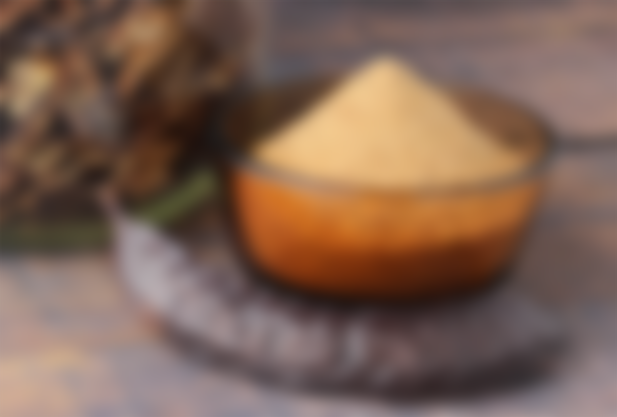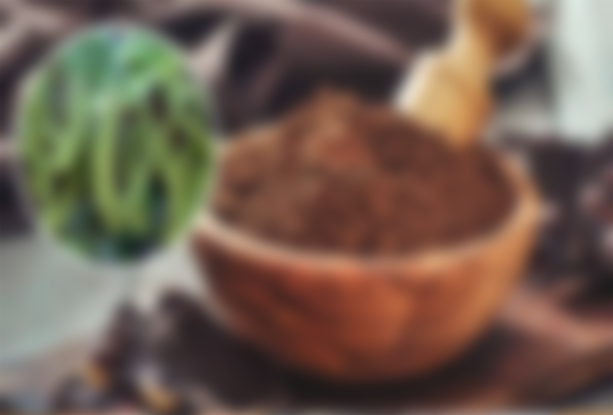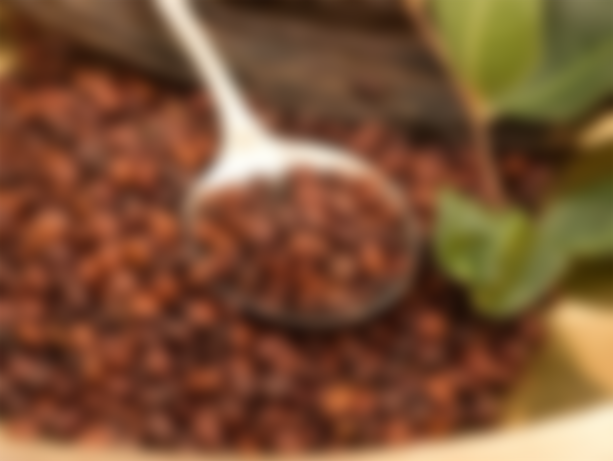Do you know the carob tree? Do you know that it contains a high nutritional content? Do you know the health benefits of the carob tree?
The carob tree (Ceratonia Siliqua L), belongs to the legume family, it is also known as: garrofero, garrofer, garrofera, garrové. It is a very rustic wood tree, its height is 4 to 10 m. Approximately, the leaves are compound, perennial, pinnate, with 6 to 10 leathery leaflets and of a more or less intense green color, it has long and straight spines, its flowers are small, red and without petals, it provides fruits, wood, shade and enriches and improves the conditions of the soil where it lives, its fruit is a dark brown leathery pod, which contains sweet and pleasant seeds.

The carob tree grows in desert areas and is found in countries such as: Peru, Argentina, Chile, Bolivia, Paraguay, Spain and the United States; Due to its root system where it develops at great depths of the water table, it tolerates long periods of drought.
The carob beans are the seeds of the carob tree, they have an oval shape, flattened, 9 to 10 mm long and 6 to 8 mm wide, they are reddish brown almost black, shiny and smooth. There are about 6 or 12 pills in each capsule or capsule. They are very hard and represent almost 10% of the weight of the whole fruit, they are very rich in galactomannans, polysaccharides and high quality proteins.
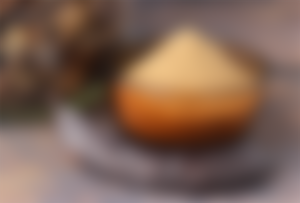
What use can we give the carob tree?
In some countries, the carob tree is used as a basis for feeding equine, mil, bovine, sow, wool, goat and donkey cattle. Dry or ripe due to its abundance of sugar, it constitutes a good feed for livestock; They visibly fatten them and keep them perfectly healthy and with great vigor.
The logs of the carob tree are used exclusively as firewood or to make charcoal, they are even more valuable than the pine and the olive tree.
The pulp converted into flour is usually used as a substitute for cocoa and in the production of chocolate with a lower caloric intake. Alcohol, sugar and certain laxative products are obtained from the pod.

In the seed or locus the seeds are distinguished: the cuticle, the endosperm and the germ.
Cuticle: activated carbon, cellulose, colorants and gelatinizing substances are obtained, these products are applied in different industries such as: food, chemical and pharmaceutical.
Endosperm: carob gum is obtained (E-410, natural gelling additive, stabilizer, thickener and emulsifier) is used in a wide range of products and industrial processes such as: diet foods, food preparation (ice creams, creams, custards), cookies , cakes, sauces, sausages and condiments) manufacture of paper, cosmetics, pharmaceuticals, paints and manufacture of plastics.
Germ: made up of the embryo and cotyledons, it is used for its high protein content that makes it suitable for human consumption. Its flour is used as an additive in food canning, pasta making, bread and extracts for soup broths.
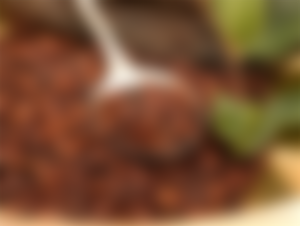
Nutritional properties of carob
Does not contain Gluten: it is an ideal food for people with celiac disease.
Carbohydrates: contains between 40-55% sugars, of which 30-35% is Sucrose and 10-20% are Glucose, Maltose and Fructose.
Calories: Contains between 290-315Kcal in 100 grams, and helps to support vital functions and maintain body temperature
Proteins: It has between 8-12% protein, rich in tryptophan (essential amino acid),
Fats: it is a fruit very low in fat, between 1-3%, recommended for weight loss diets.

Fibers: Contains a high fiber content, between 10-13%.
Tannins: It is rich in polyphenols, these are tannins (between 10-18%).
Starch: carob is composed of 1% starch, a vegetable polysaccharide and the only one assimilable by the human body.
Cellulose: it is composed of 10% cellulose.
Minerals: Contains minerals such as Calcium, Magnesium, Phosphorus, Sulfur, Sodium and Potassium. It also contains micro minerals such as Copper, Iron, Manganese, Selenium and Zinc.
Vitamins: contains vitamins A, B1, B2, B3, B6, B9, C and E.
Mucilages: locust beans are very rich in mucilage, as galactomannans contain approximately 90%.
Health benefits of carob
Has antioxidant action: it attacks cancer cells specifically cervical ones.
Protects the cardiovascular system, prevents the formation of blood clots.
Helps regulate intestinal transit fighting constipation, benefits our intestinal flora. It is used as an antidiarrheal in children.
Stimulates the secretion of breast milk during latency.
Due to its high mucilage content, it is used in mucosal inflammation, reduces irritation of the respiratory and digestive tracts.
It is an energetic food: containing 50% sugar and 10% protein, it fights tiredness and weakness.

Prevents the formation of stones or kidney stones.
Helps fight premature cell deterioration.
It is a food suitable for celiacs as it does not contain gluten
Lowers blood glucose level.
Improves memory, helps cognitive functions such as learning.
Benefits the formation of red blood cells, helping to prevent anemia.
It is an excellent food during the stages of growth, pregnancy and lactation, as well as for people who practice sports or have high physical and mental demands.
Main image source: https://www.aglaiakremezi.com/carob-barley-and-rye-bread-with-cinnamon-and-sunflower-seeds/


